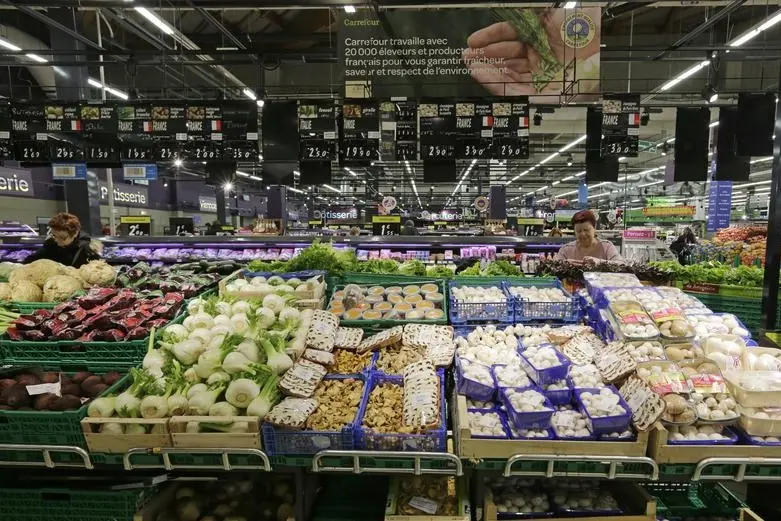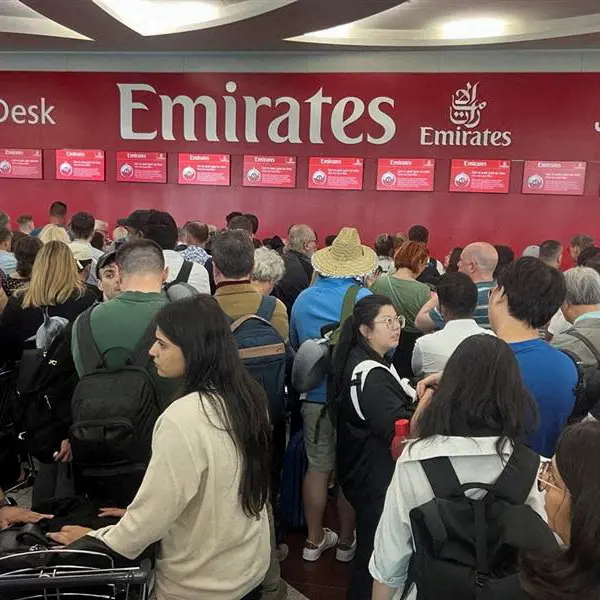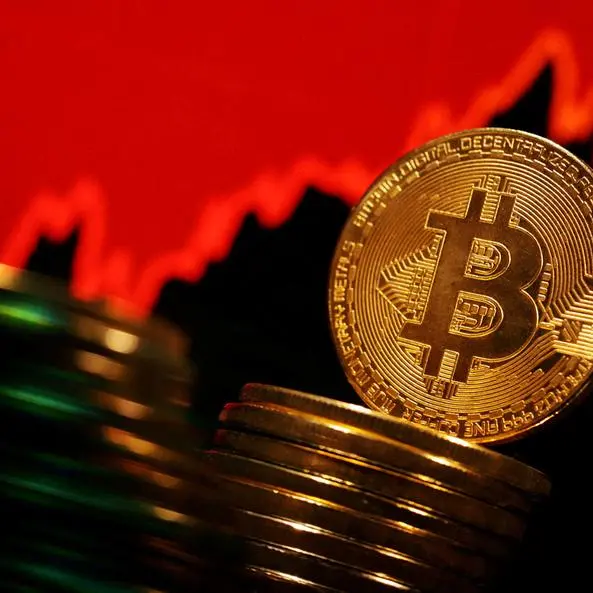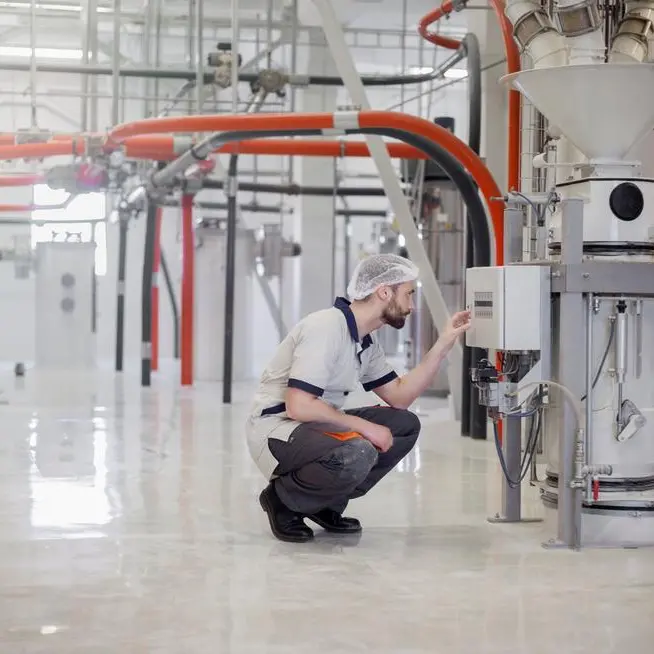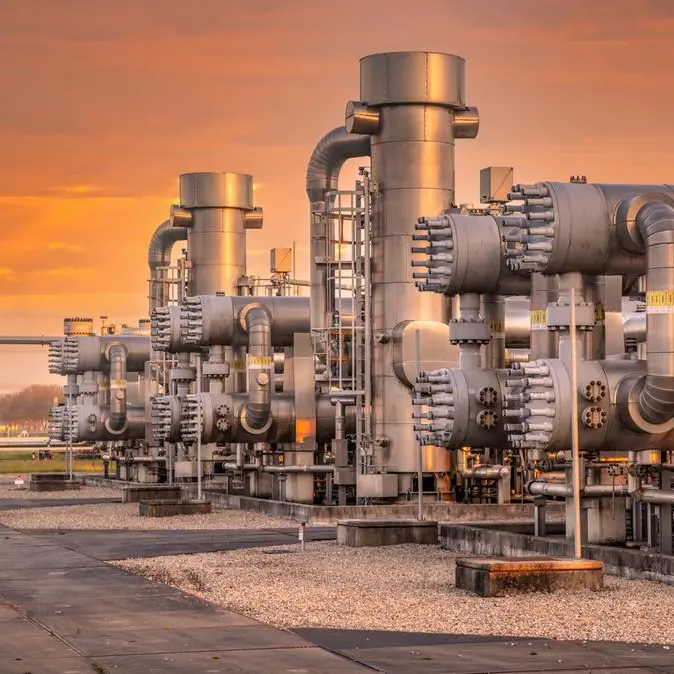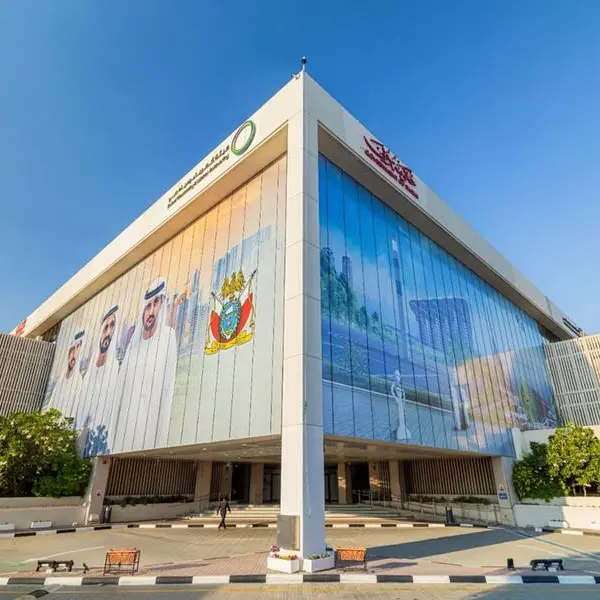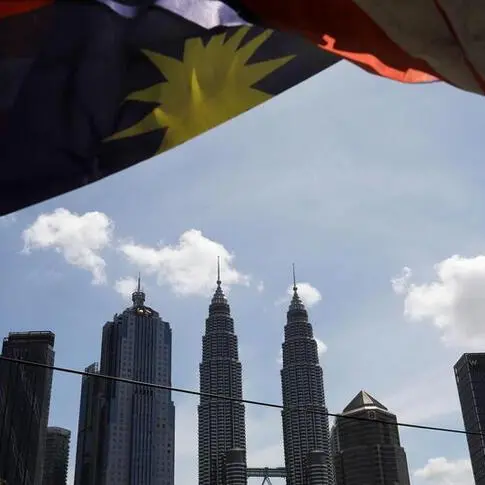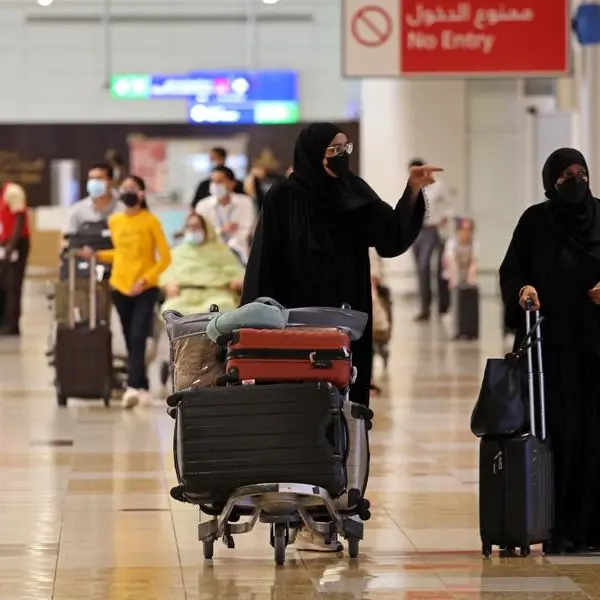PHOTO
Monday, Oct 03, 2016
Dubai: The State of the Global Islamic Economy Report (SGIE) and the Global Islamic Economy Indicator (GIEI) 2016/2017 released by Thomson Reuters in partnership with the Dubai Islamic Economy Development Centre (DIEDC) DinarStandard strong growth trends in various components of global Islamic economy
The report based on a survey of 172 industry leaders estimates global Muslim spend across various sectors at over $1.9 trillion in 2015, while the Islamic Finance sector has around $2 trillion (Dh7.34 trillion) in assets.
Food and beverage tops Muslim spend by category, at $1.17 trillion in 2015, followed by clothing and apparel at $243 billion, media and recreation at $189 billion, travel at $151 billion, and spending on pharmaceuticals and cosmetics at $78 billion.
The report estimated the revenue generated by Halal Certified Food and Beverage companies world-wide to be $415 billion. Halal food, the largest Islamic economy pillar by revenue has shown clear signs of maturity with increased private equity investments in the sector.
Upgrades in regulations are also occurring, with the introduction of accreditation to oversee certifiers set to reduce complexity and encourage more players to enter the Halal food industry. Muslim spend on food and beverages expected to reach $1.9 trillion by 2021.
The Islamic Finance sector has shown robust growth and increasing sophistication. This has been coupled by the emergence of crowdfunding and platforms. While the sector has been held back by a lack of awareness of Islamic Finance product offerings, there is considerable opportunity for sector growth to reach $3.3 trillion by 2021, the report said.
Halal travel continues to broaden its reach with tremendous growth in Halal beach resorts, the launch of several dedicated airlines and the launch of the Muslim answer to Airbnb, Bookhalalhomes, and TripAdvisor, Tripfez. While Halal Travel is a niche sector building momentum, it is expected to grow with Muslim spend on outbound travel expected to reach $243 billion by 2021.
The report shows that modest fashion is gaining mainstream interest with several retailers and brands such as Dolce & Gabbana, Uniqlo and Burberry entering the industry and several notable investments driving the sector forward. As the sector gains traction, spend on Modest Fashion is projected to reach $368 billion by 2021.
The Halal Pharmaceutical and Cosmetics sector continues to expand as awareness about ingredients rises and new product development, such as permeable nail polish, the development of Halal vaccines and new ranges of nutraceuticals. Muslim spend on pharmaceutical and cosmetic products is expected to reach $213 billion by 2021 in aggregate.
Halal media and recreation is expected to generate Muslim spend of $262 billion by 2021.
This report as part of run-up to the Global Islamic Economy Summit 2016 (GIES), set to take place on October 11 and 12 in Dubai.
“The State of the Global Islamic Economy Report (SGIE) puts matters into perspective, proving, with numbers, the staggering growth and immense potential of the Islamic economy.” Majid Saif Al Ghurair, Chairman, Dubai Chamber and Board Member of the Dubai Islamic Economy Development Centre.
BOX - State of Islamic Economy in numbers
Food & life style expenditure: $1.9 trillion in 2015 and projected to grow to $3 trillion by 2021
Islamic finance asset size: $2 trillion in 2015 and projected to grow to $3.5 trillion by 2021
$1.17 trillion - Total Muslim spend on food and beverages in 2015
$1.9 trillion - Projected Muslim spend on food and beverages by 2021
By Babu Das Augustine Banking Editor
Gulf News 2016. All rights reserved.
